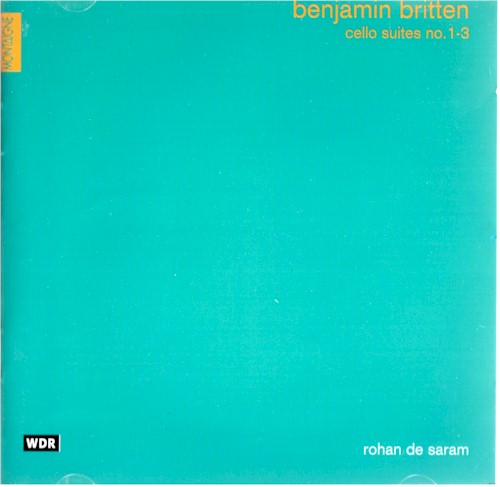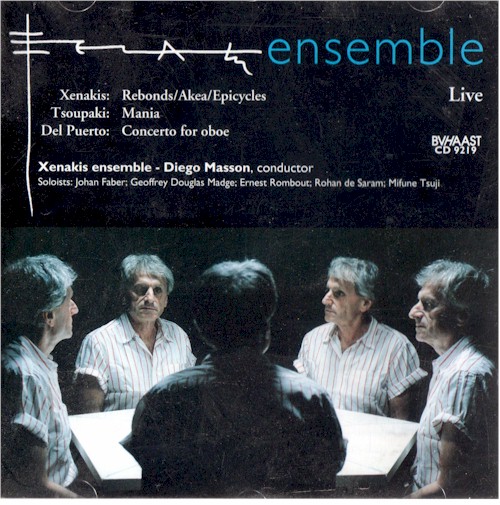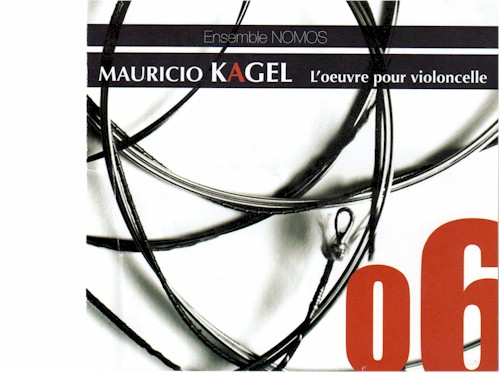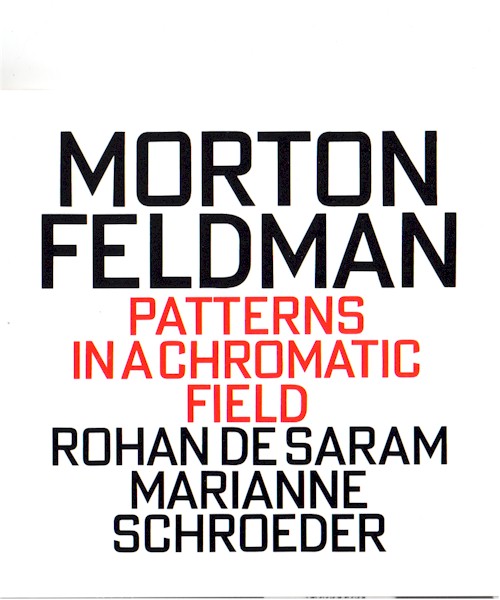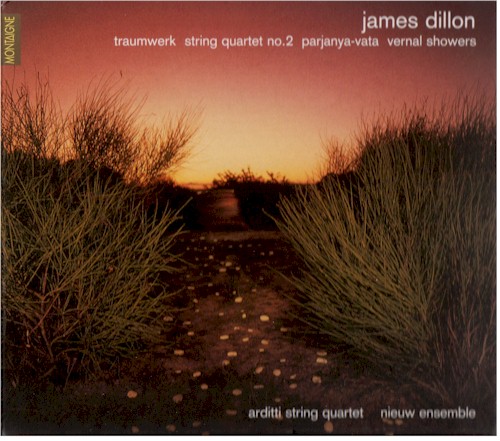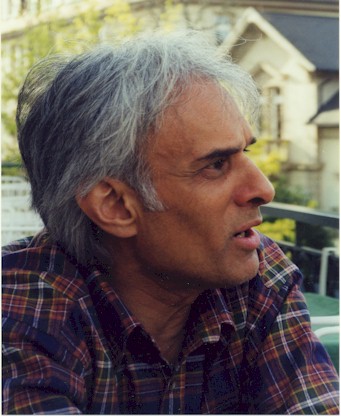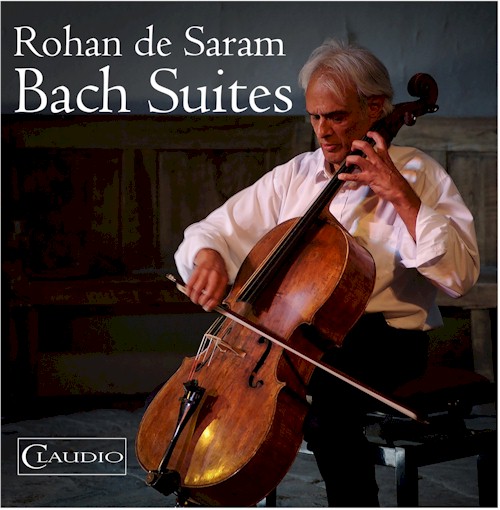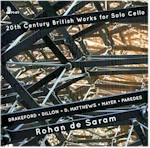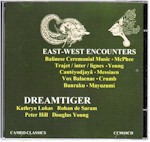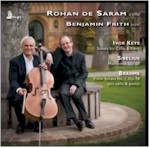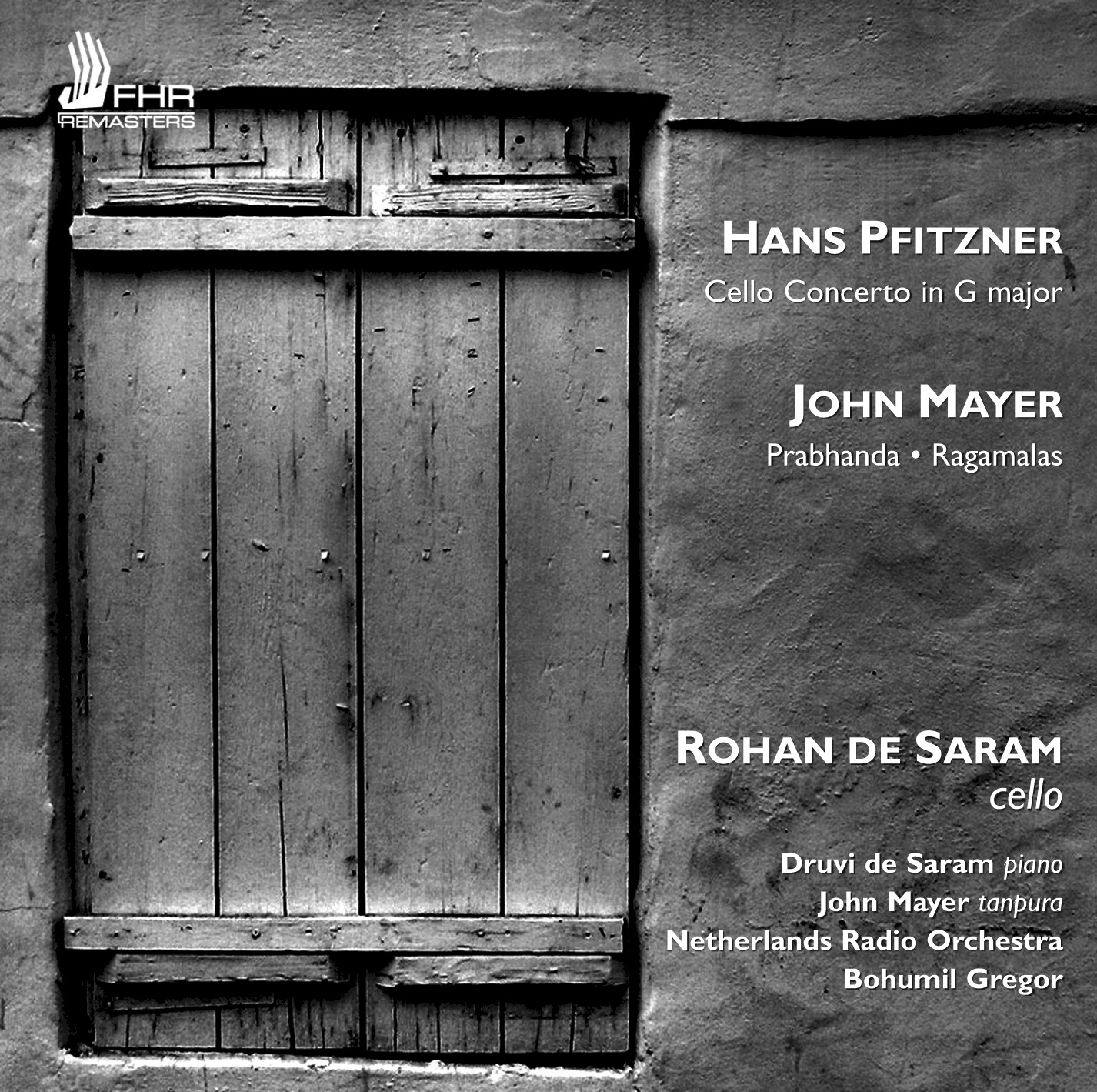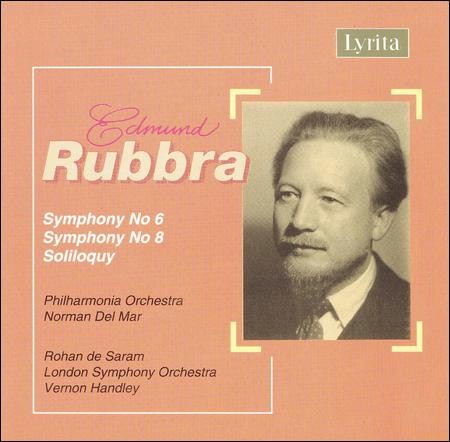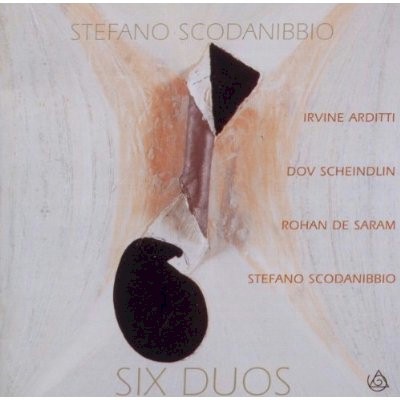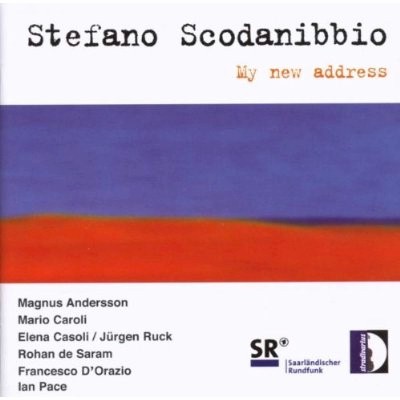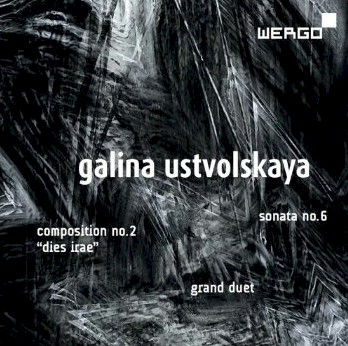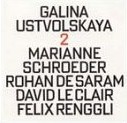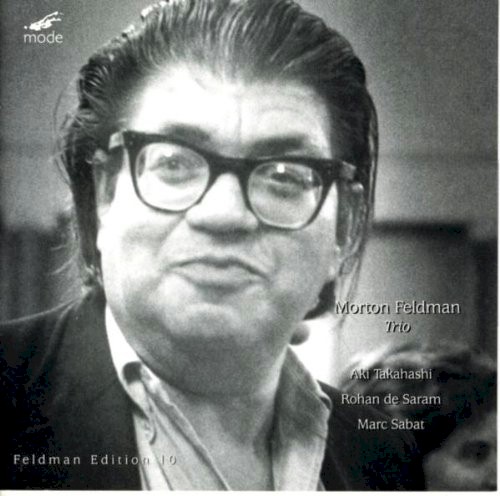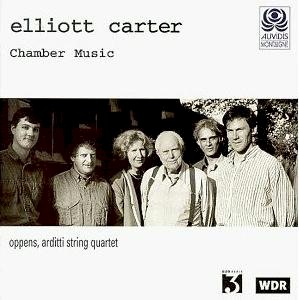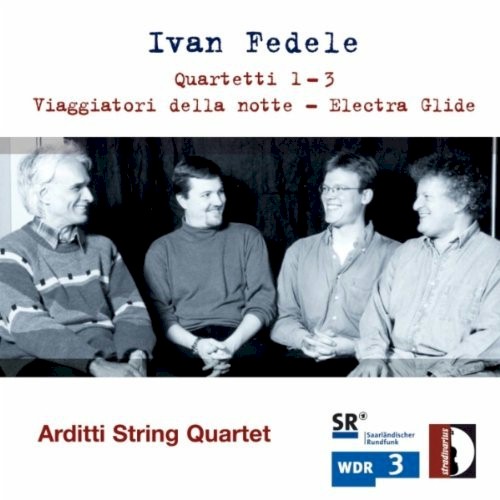| Page 42. 1953/4: Gstaad, aged 14/15 |
|---|
| ... my father and I were waiting for a train together with Cassado, Kentner and Menuhin when a lady came up with an autograph book ... and asked for my autograph |
| Page 44. 1955. Young prodigies at the Academia Chigiana, Siena |
|---|
| Among them were John Williams, the guitarist, who was studying with Andres Segovia, Zubin Mehta, Claudio Abbado and Daniel Barenboim who were studying conducting and also Salvatore Accardo, the violinist... I remember that Barenboim, who was there with his parents, once came to our hotel with his father and helped me with my preparation of Dvorak's Cello Concerto by playing at sight the whole orchestral part... |
| Page 51. On Casals and Cassado |
|---|
| To me Casals' way of playing is most successful in the Bach Suites and the Beethoven Sonatas, his live interpretations as well as his recordings of the Bach Suites are still the most convincing interpretations I know... Casals' repertoire was not big at the time I was working with him. He did not play works by Strauss, Tchaikovsky, Debussy or other more modern composers ... Cassado was particularly at home in pieces with a particular Spanish flavour like Ravel's Habanera and Debussy's Cello Sonata,,,they are all pieces which require a different approach from the German classics...Like his close friend Segovia, Cassado had very strong Spanish characteristics both in his personality and in his playing. |
| Page 56. 1955. The Guilhermina Suggia Award |
|---|
| ... that was another award I won in 1955, in the very first year it started. I remember Jacquline Du Pré was also among the competitors; she won the award the following year. |
| Page 62. May 1960. Kodaly's visit to Oxford |
|---|
| [During Kodaly's visit to Oxford in May 1960] I had the opportunity of working on his solo Sonata for cello with him. {He} authorised me..to play the Finale of his Solo Sonata as a concert piece in its own right, as the whole Sonata is over thirty minutes (p78). |
| Page 63. During his time living with the Deneke sisters in Oxford |
|---|
| ...one of our main activities was to play the symphonic repertoire from Haydn to Brahms in four-hand versions on the piano. |
| Page 65. |
|---|
| I also taught myself to play the organ so I could play Bach's Chorale Preludes from the Orgelbüchlein. |
| Page 70. On the occasion of a visit to Oxford by Shostakovich and Poulenc for an honorary degree ceremony |
|---|
| Lady Alexandra Trevor Roper, at whose house Poulenc was staying, contacted me just a day before their reception on 24 June 1958, asking whether I would play some music of Shostakovich and Poulenc. The Shostakovich Sonata was familiar to me..but the Poulenc Sonata I had never played before..Poulenc himself played the piano part. |
| Page 70. On playing the Shostakovich Sonata for Shostakovich |
|---|
| He evidently seemed to approve of the way I played his Sonata, except that in the edition I used, which was an Anglo-Soviet edition, there were annotations by Piatagorsky...these annotations were against what Shostakovich wanted...He got out his pen, scratched it all out and showed me how he wanted it to be played. |
| Page 71. On visiting Benjamin Britten |
|---|
| He himself played the piano part [accompanying me] in Beehoven's Fifth Cello Sonata . |
| Page 72. On Edmund Rubbra |
|---|
| Edmund Rubbra was a composer I got to know as he was a lecturer at the faculty of music in Oxford...I had already played with Rubbra at my debut recital at Wigmore Hall in London in 1958, where he played the piano part in his own Cello Sonata. |
| Page 76. On Dmitri Mitropoulos's visit to Florence, June 1957 |
|---|
| I had been told that I should play for ten minutes, but in the end I played for one hour...He immediately invited me to give my debut in New York at Carnegie Hall with him conducting. |
| Page 78. On Glenn Gould |
|---|
| On several occasions I went to see Glenn Gould in his flat and we also played together...He always sang loudly while he played |
| Page 79. On Piatagorsky |
|---|
| ...a concert in Seattle where I played William Walton's Cello Concerto with the Seattle Symphony Orchestra..On that occasion I replaced Piatagorsky, who was ill. I had already met Piatagorsky..and he had invited me to his home, where I also met Jascha Heifetz..I was quite surprised to find that Piatagorsky had an impressive collection of paintings, among which were four that my sister Niloo had painted in her teens..I visited him several times and on one occasion he presented me with a valuable bow. |
| Page 82. On the shift towards contemporary music |
|---|
| I felt more and more that working with composers on new repertoire was what really interested me, so my life went in that direction. (p98) The classical repertoire for cello, although it has a number of very high-quality works in it, is comparatively small compared to the repertoire for violin and piano. (p101) The Arditti Quartet contacted me..in 1977..asking if I would be interested in looking at new scores and performing contemporary music with them. |
| Page 89. On Xenakis' Nomos Alpha |
|---|
| When Xenakis wrote Kottos I was really relieved because Nomos Alpha..was a real ordeal..for the instrument, as the piece involves tuning down an octave and up again to the nominal pitch..several times during the performance..That means that all the other strings pull the other way and go out of tune |
| Page 96. On Henri Pousseur's Paganiana |
|---|
| In 1982 I received a letter from Henri Pousseur in which he asked me whether I would be interested in doing a transcription for solo cello of a solo violin piece he had just written for the bicentenary of Paganini's birth, [entitled] Paganiana. The première..took place..at St John's, Smith Square in London in May 1985. |
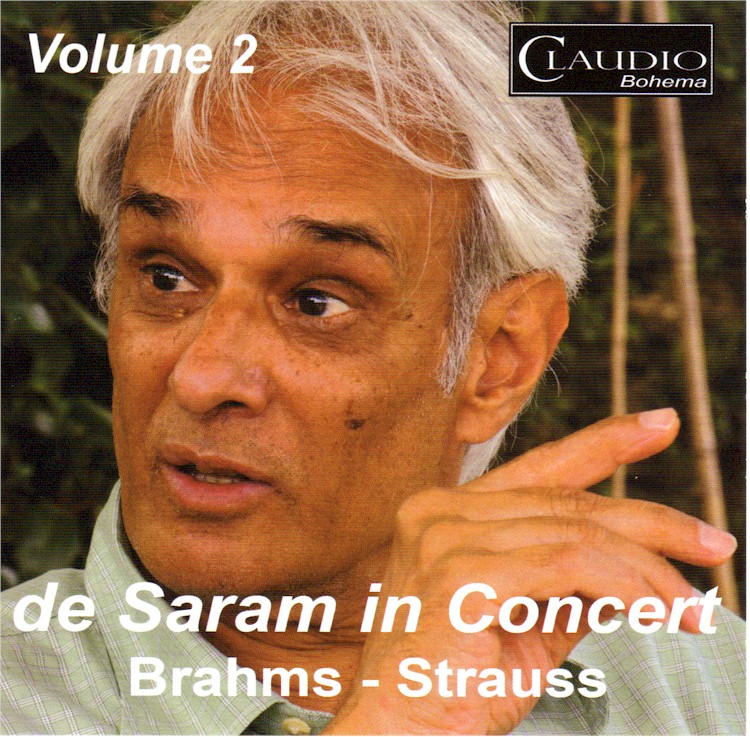
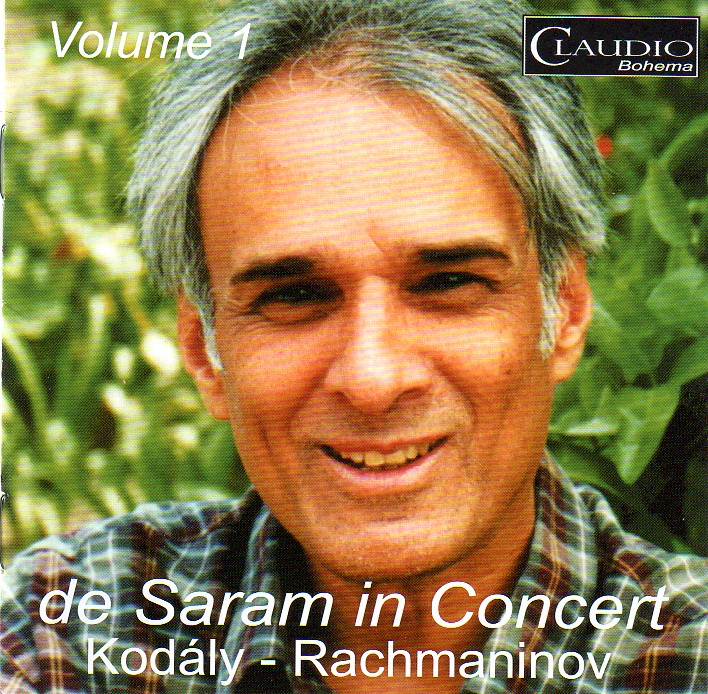
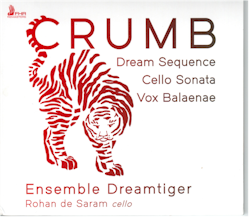
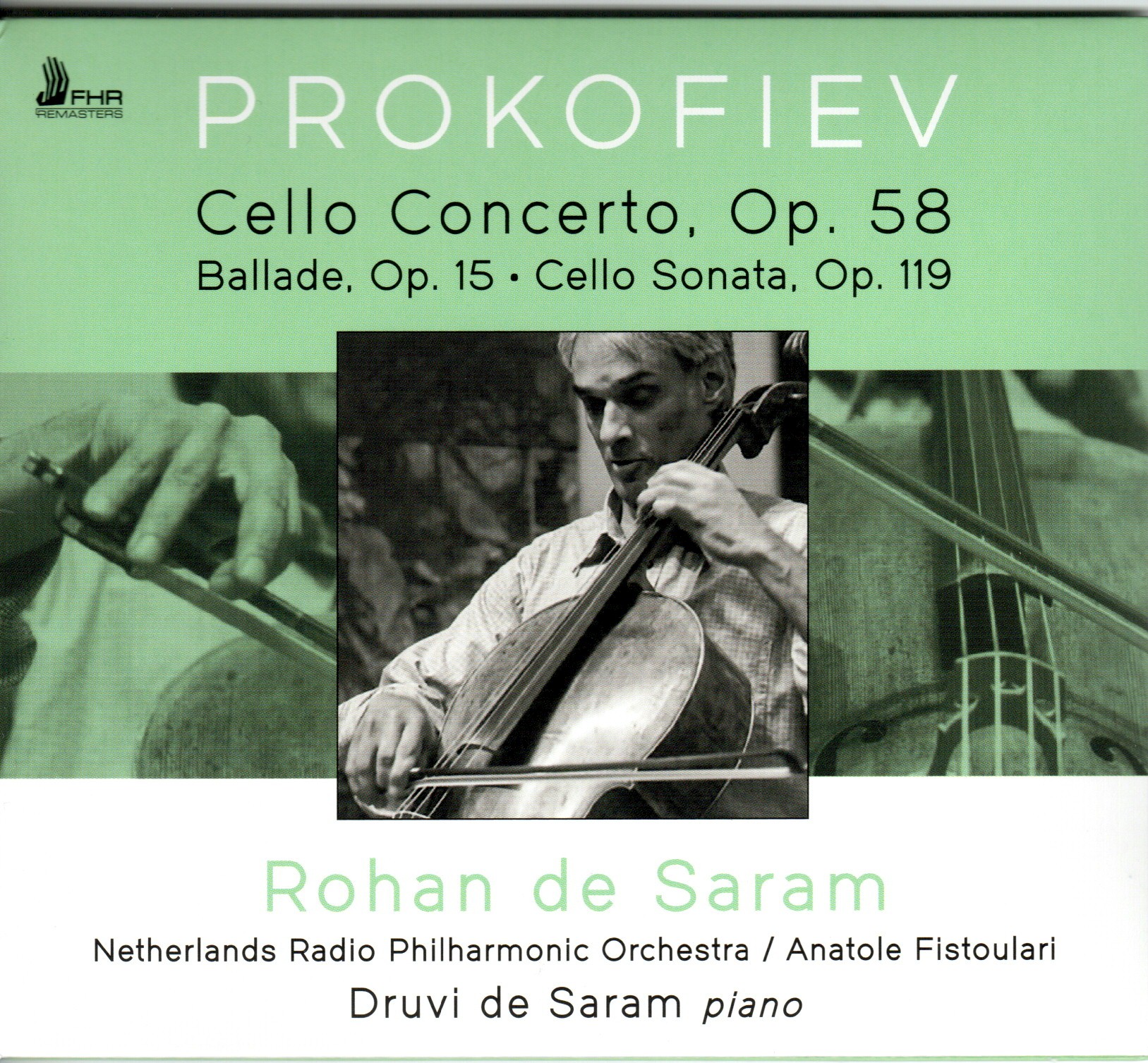

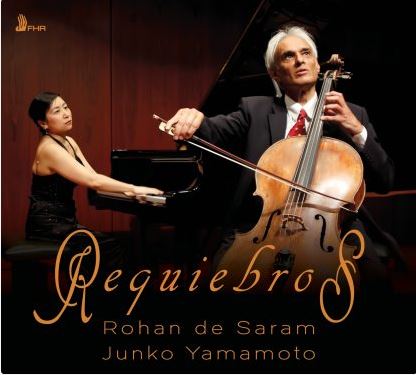
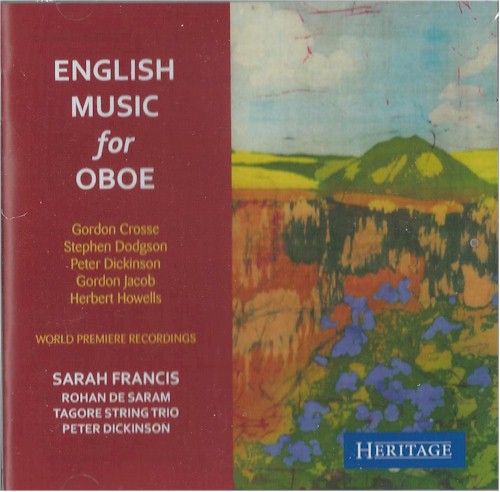
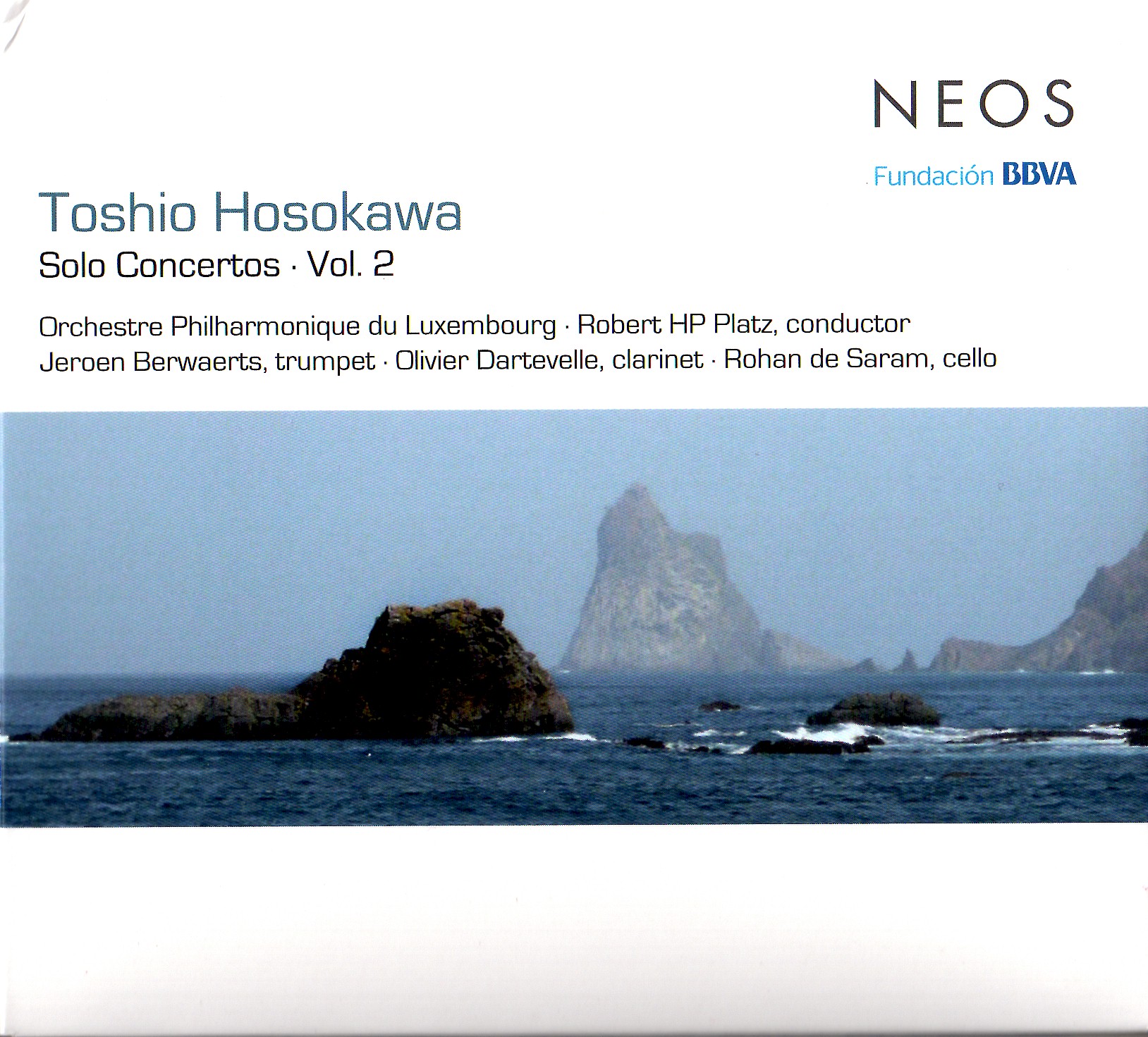
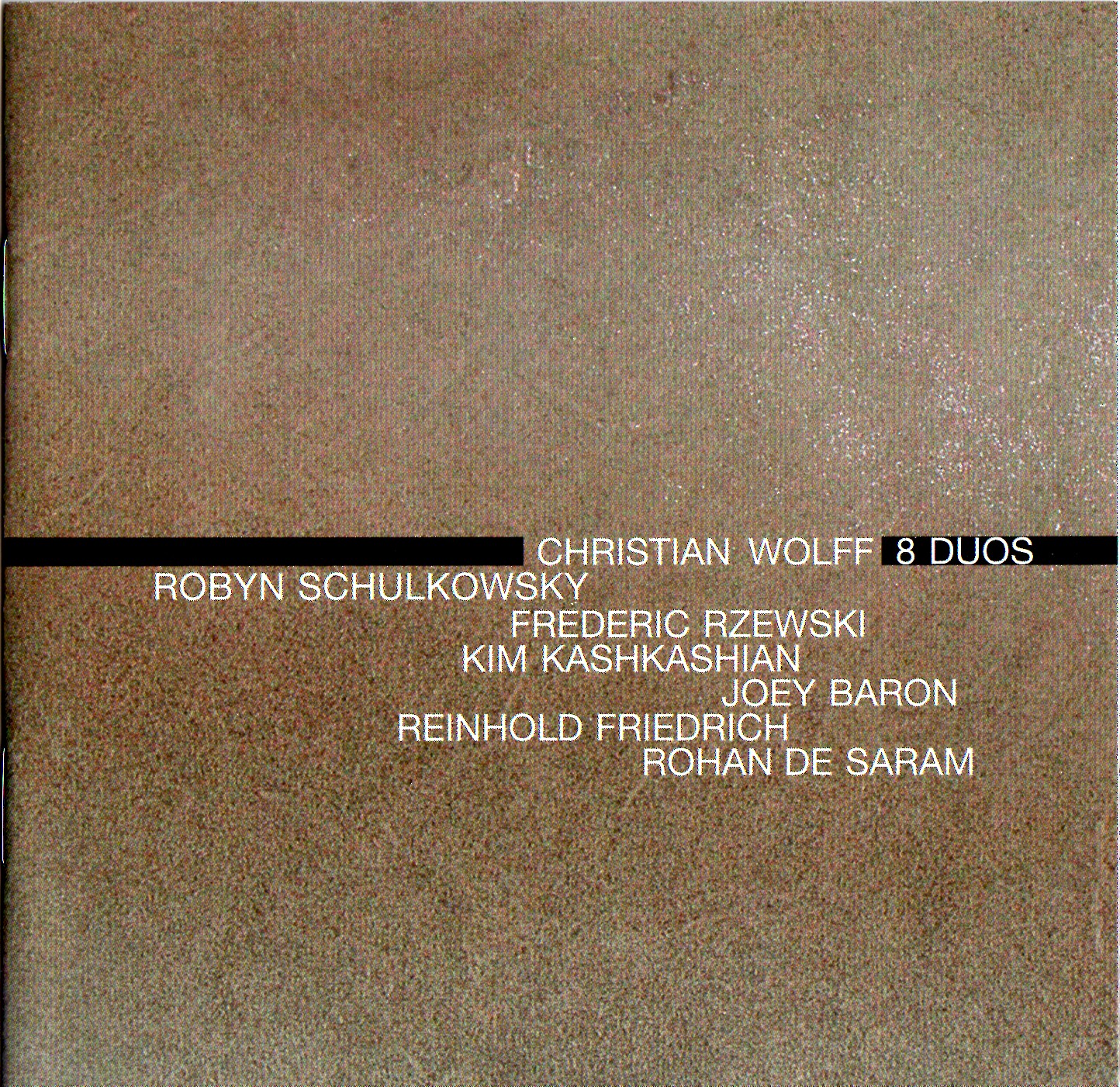
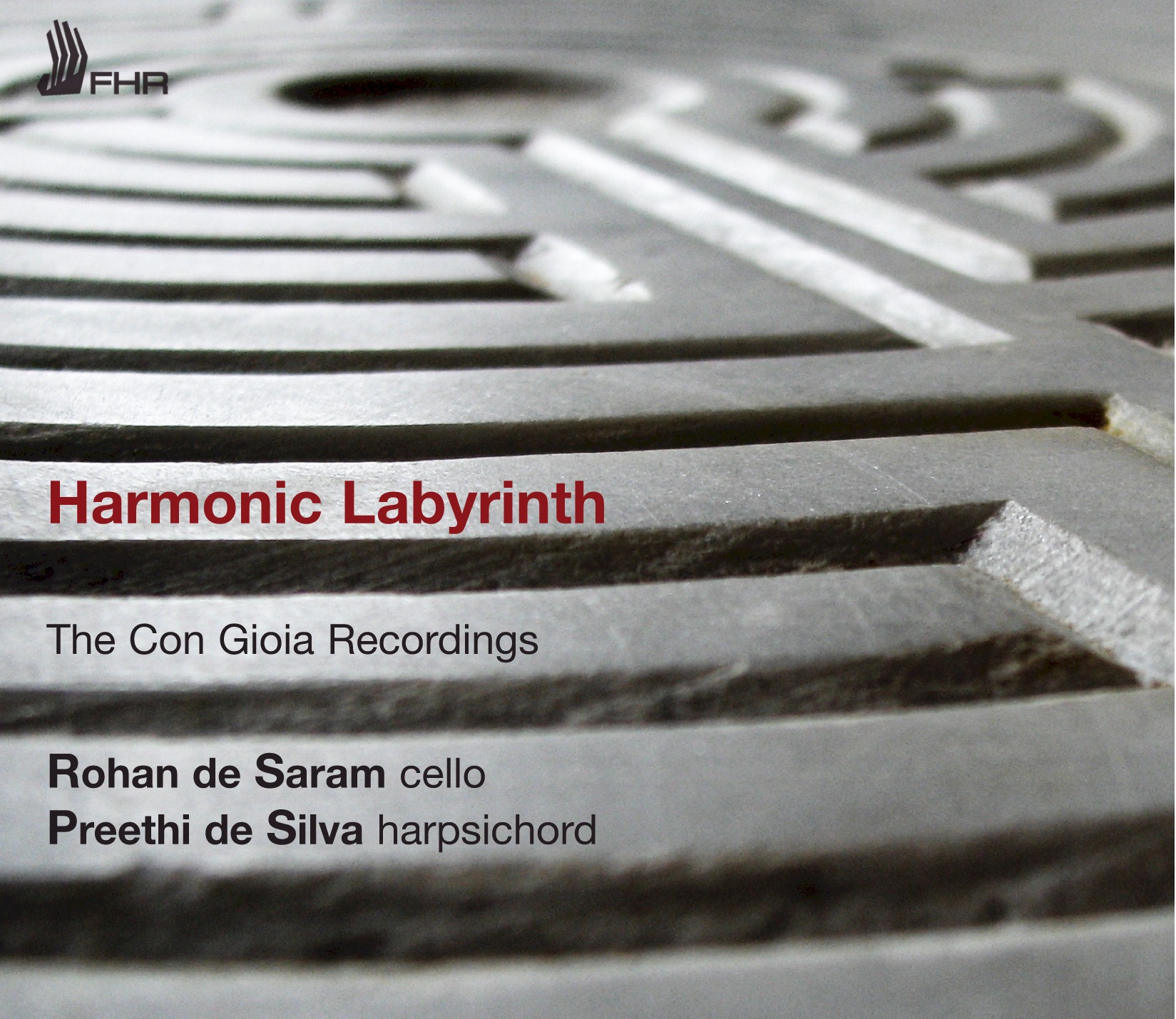
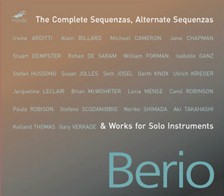
.jpg)
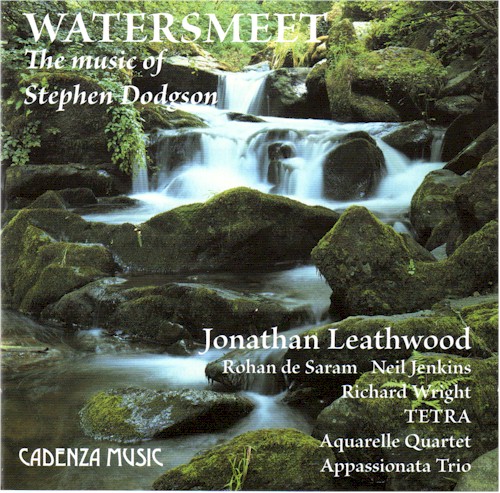
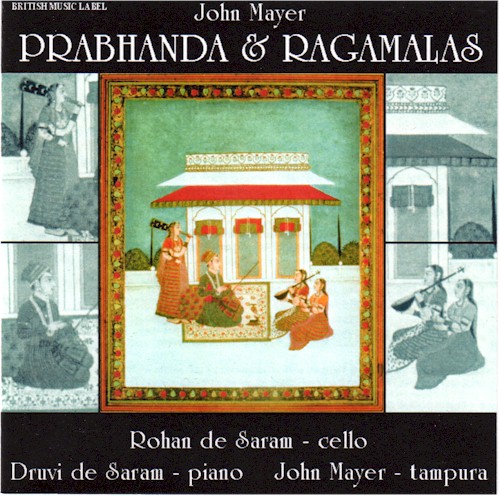
.jpg)
